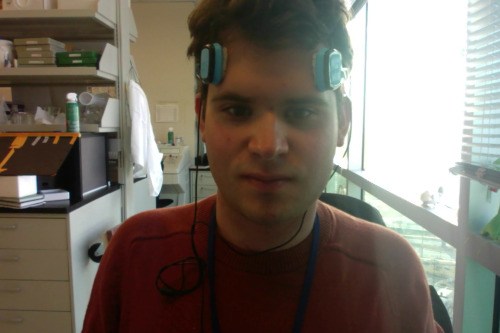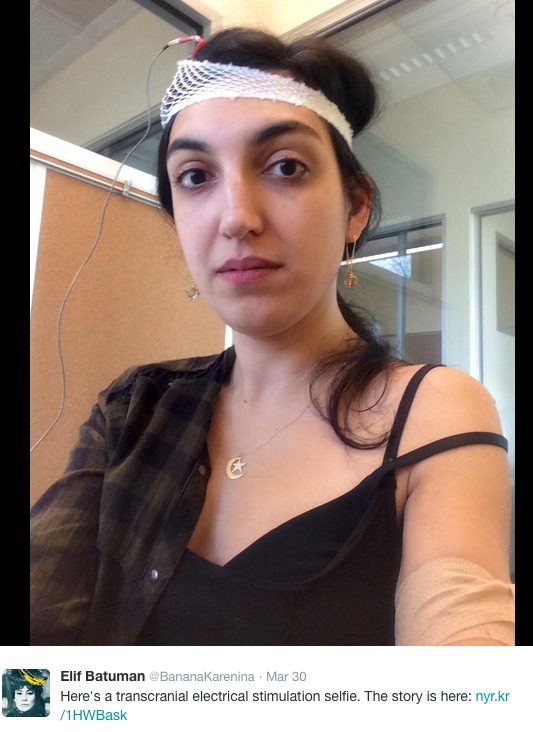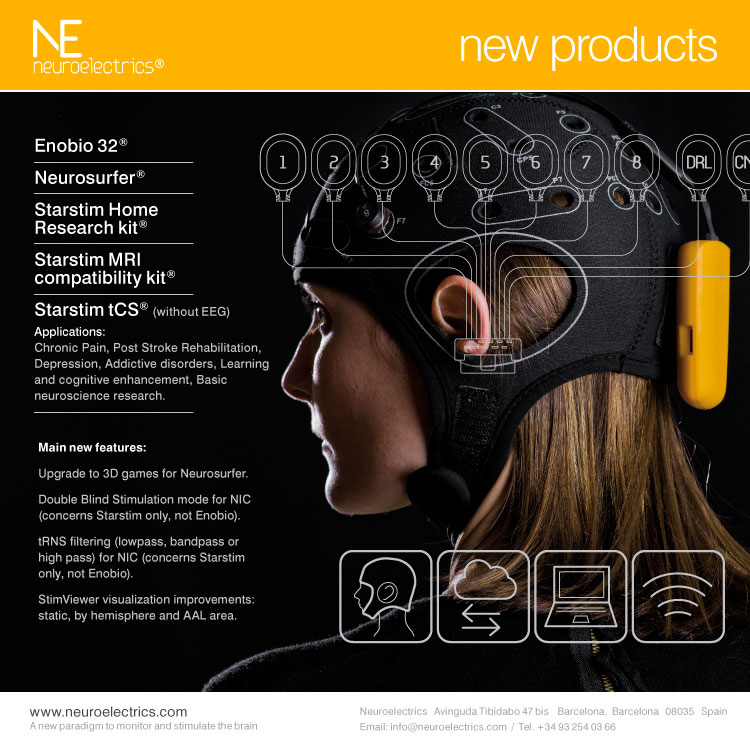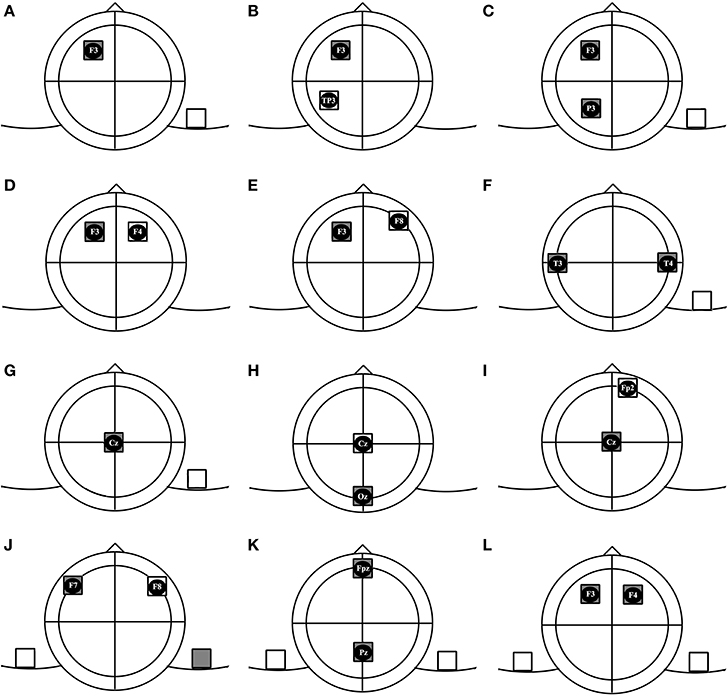What a couple of days. First the New Yorker, now PBS tv! If you’re new to tDCS I’d caution you to note that Marom Bikson, one of the leading tDCS researchers in the world, is quoted below as saying ‘perhaps’, as in perhaps it improves brain function. Also, in the section where Andy McKinley is able to dramatically increase reporter Miles O’Brien’s performance of a vigilance task, ask yourself if you really have a need to improve your ‘Where’s Waldo’ score. Unfortunately, the piece doesn’t go into the use of tDCS as a tool to fight depression, which in my opinion, has come closest so far to a verifiable effect borne out by much clinical research. My point is simply that it’s early. We don’t have our tDCS ‘killer app’ yet. Stay tuned!
MILES O’BRIEN: But step aside, grande latte. There’s a new kid on the block.
MAROM BIKSON: So, current is going to come out of the device to the electrodes on your forehead and it’s going to flow through your head.
MILES O’BRIEN: Biomedical engineer Marom Bikson at the City College of New York is prepping me for a dose of transcranial direct current stimulation, or TDCS, a jump-start for my brain.
MAROM BIKSON: It can make the brain perhaps function information more effectively and therefore make you, let’s say, better at things. Or it can make the brain more likely to undergo plasticity, more malleable, more able to learn.
MILES O’BRIEN: A human brain has 100 billion nerve cells or neurons. Neurons are networkers. They make multiple connections with each other via synapses. We have about 100 trillion of them. All of this runs on electricity that we generate ourselves.
MAROM BIKSON: Now, this was the montage that we tried on you.
MILES O’BRIEN: It turns out each of our neurons is a microscopic battery with a-tenth of a volt of electricity. When we’re using them to remember things or do math or write this story, they fire electrical spikes.
MAROM BIKSON: When we’re adding electricity to the brain with TDCS, instead of a tenth of a volt, we’re producing a 1,000th-of-a-volt change, so it’s not enough to trigger a spike. It’s not enough to generate a spike, but it’s enough to modulate the spikes, to maybe get more spikes or to get less spikes.
And in this video Miles gets to fly a helicopter simulator before and after using tDCS.
How zapping his brain made Miles O’Brien a better pilot





